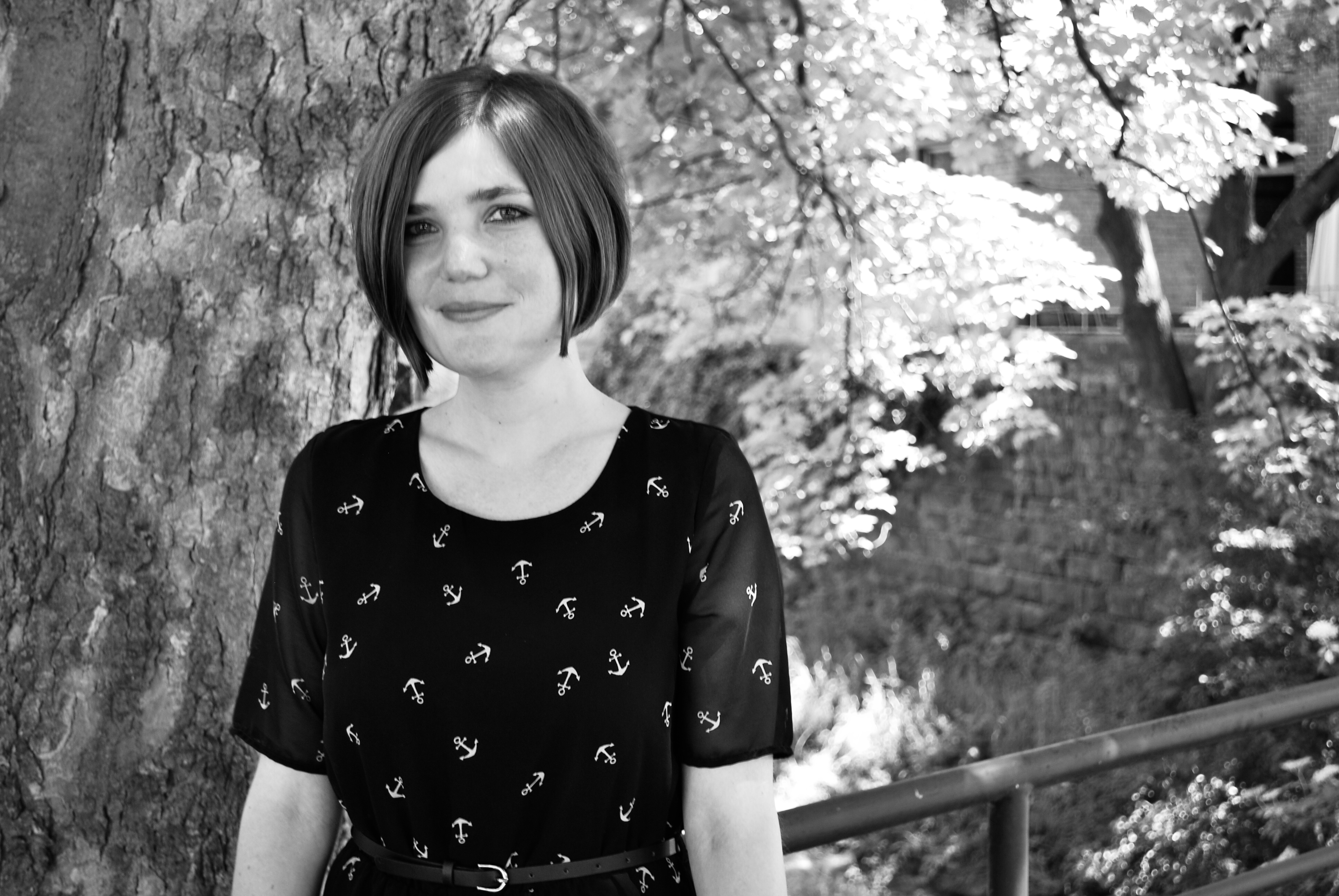28.07.2020
"My research widens the terminology of the closet and opens the established concept for other, potentially non-queer, constellations."
In Conversation with Research Alumna Dr. Nathalie Walker, Research Assistant in the Department of General and Computational Linguistics (ASCL), Tübingen
What is your connection with Tübingen and the University?
I obtained all my university degrees at the University of Tübingen: a teaching degree in English and German, an MA in English Literatures and Cultures, and my PhD in English Literature on the topic ‘Configurations of the Female Closet: 1800-1930’. I am currently also working at the University of Tübingen, at the Department of General and Computational Linguistics, where I am responsible for the coordination of the research infrastructure projects CLARIN-D and CLARIAH-DE.
What is your latest publication about?
“Configurations of the Female Closet: 1800-1930”, my PhD thesis, deals with the concept of a female closet. The closet is a highly relevant metaphor in queer studies as it offers a way to conceptualise what has often been seen as a quintessentially queer experience: the experience of having to hide one’s sexual identity ‘in the closet’. As research has so far almost exclusively concentrated on the male closet, the female closet had represented an exceptional research gap ever since the publication of Eve Kosofsky Sedgwick’s Epistemology of the Closet, the ur-text of closet research. My thesis offers a counterpoint to this male-centred perspective and investigates which forms the female closet takes on in British literature of the 19th and early 20th century. The novels and short stories – and in one case, a diary – that I investigate include, among others, Anne Brontë’s The Tenant of Wildfell Hall, Radclyffe Hall’s The Well of Loneliness, and Thomas Hardy’s Tess of the d’Urbervilles. In these texts, I identify three central forms of the female closet in this time period: the criminal closet, the victimisation closet, and the lesbian closet. My research thus widens the terminology of the closet and opens the established concept for other, potentially non-queer, constellations.
What fueled your interest in this topic?
I have had a personal interest in all kinds of queer-related topics since I was a teenager. When I started my studies at university, I was absolutely fascinated by the fact that queer studies were ‘a thing’ at university and that the topic that had always been highly relevant to me personally was also a subject of scientific study. My interest in the closet specifically was awakened through a lecture course which Professor Ingrid Hotz-Davies offered when I was in my third semester: it dealt with secrets, lies and disclosure and discussed the concept of the closet quite extensively. Some years later, with this fascinating lecture course still on my mind and by now even more interested in gender and queer studies, I decided to write my MA thesis on a comparison between the female and the male closet – from here, it was a short step towards my PhD thesis, which then focused exclusively on the female closet. As my topic also deals with the visibility of female (homo-)sexual experience, it is of high political relevance, which is equally important to me.
A fun fact about this topic
My favourite text to work with for my thesis were the diaries of Anne Lister. Anne Lister was one of the few women in the early 19th century who owned and managed quite an extensive bit of land and she wrote fascinating diaries, which are partly on her sexual experiences with other women. Her descriptions are quite explicit (she counts the number of orgasms she and her sexual partners have, for instance) and in my thesis, you can read about the way in which Anne Lister managed to keep up her respectable appearances towards her environment (keeping up her closet), while having various affairs with different women.
Product details
Walker, Nathalie. Configurations of the Female Closet: 1800-1930. Tübingen: Tübingen Library Publishing, 2019. hdl.handle.net/10900/91211

